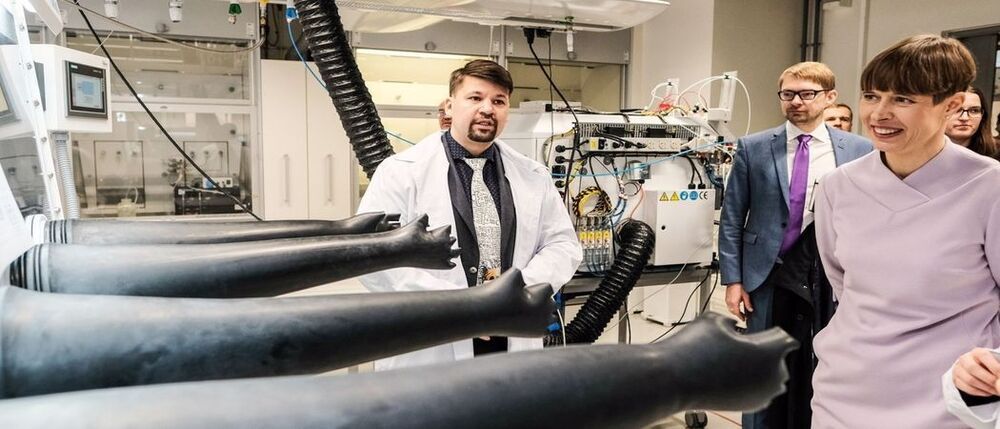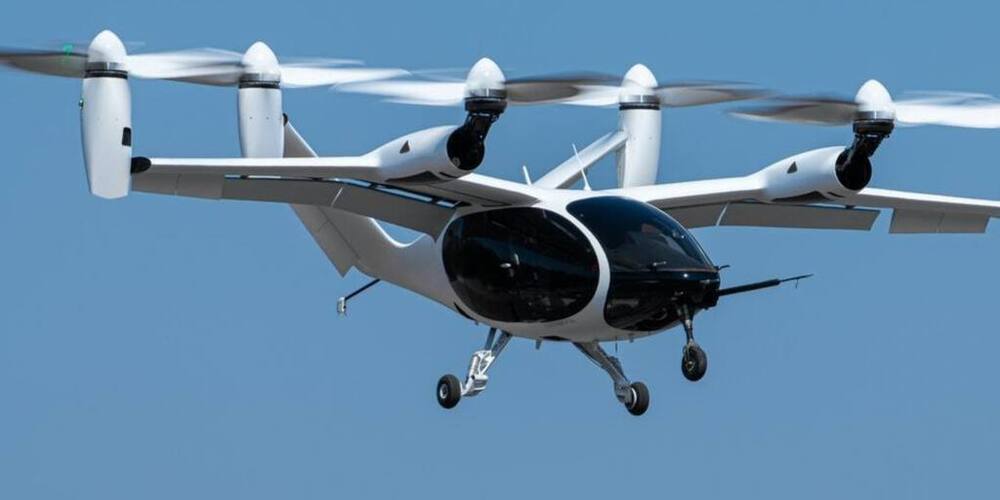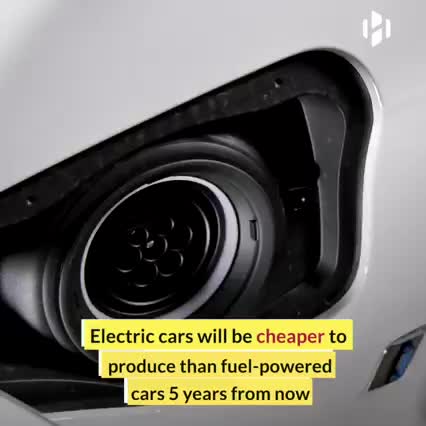May 29, 2021
The dream of supersonic passenger flight hits turbulence
Posted by Derick Lee in categories: business, energy, transportation
While the remaining supersonic contenders duke it out to bring faster jets to market, private jet operators are doing their best to address the business traveler’s appetite for speed with aircraft that are as close to the sound barrier as they can be without actually breaking it, which poses all kinds of environmental issues.
With the news that supersonic planemaker Aerion has unexpectedly folded, is the dream of a successor to Concorde running out of fuel?

















